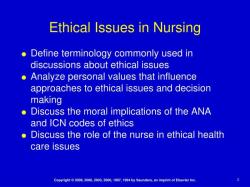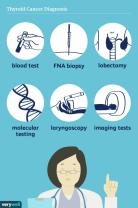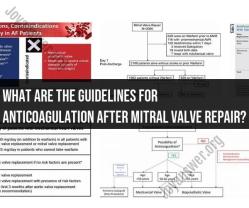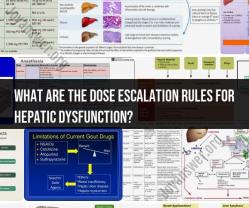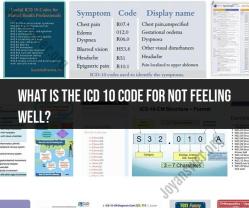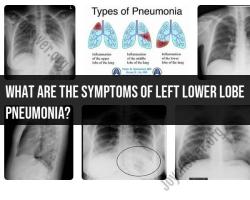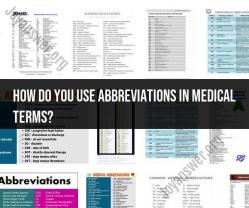What is an approved abbreviations list?
An approved abbreviations list, in the context of healthcare and medical documentation, is a formal document that healthcare institutions create and maintain to specify which abbreviations and symbols are acceptable for use in medical records, prescriptions, and other healthcare-related documents. The purpose of an approved abbreviations list is to ensure clear and standardized communication among healthcare professionals, reduce the risk of medication errors, and enhance patient safety.
Key elements of an approved abbreviations list typically include:
Accepted Abbreviations: A list of abbreviations and symbols that are deemed safe and appropriate for use within the healthcare institution. These are often standardized and widely accepted in the healthcare industry.
Unacceptable Abbreviations: A list of abbreviations, symbols, or dose designations that are considered unsafe or ambiguous and should not be used in healthcare documentation. These may include abbreviations that can easily be misinterpreted, leading to medication errors.
Guidelines for Usage: Clear guidelines on when and how to use approved abbreviations in medical records, prescriptions, and other documents. This may include guidance on dose expressions, route of administration, and other relevant factors.
Education and Training: Information on educating healthcare professionals, including physicians, nurses, pharmacists, and medical transcriptionists, about the approved abbreviations and the importance of adhering to the list.
Regular Updates: Procedures for regularly reviewing and updating the approved abbreviations list to reflect changes in medical practices, regulations, or new safety considerations.
Compliance and Enforcement: Processes for ensuring that healthcare professionals within the institution adhere to the approved abbreviations list. This may include periodic audits and reminders.
Emergency Abbreviations: Some lists may include a separate section for abbreviations that are permitted only in emergency situations, provided that they are accompanied by specific safeguards.
Creating and maintaining an approved abbreviations list is a proactive measure taken by healthcare organizations to prevent medication errors, enhance patient care, and maintain a high standard of documentation quality. It helps standardize communication practices, particularly in fast-paced and high-stakes healthcare environments where clarity and precision are of utmost importance for patient safety.



